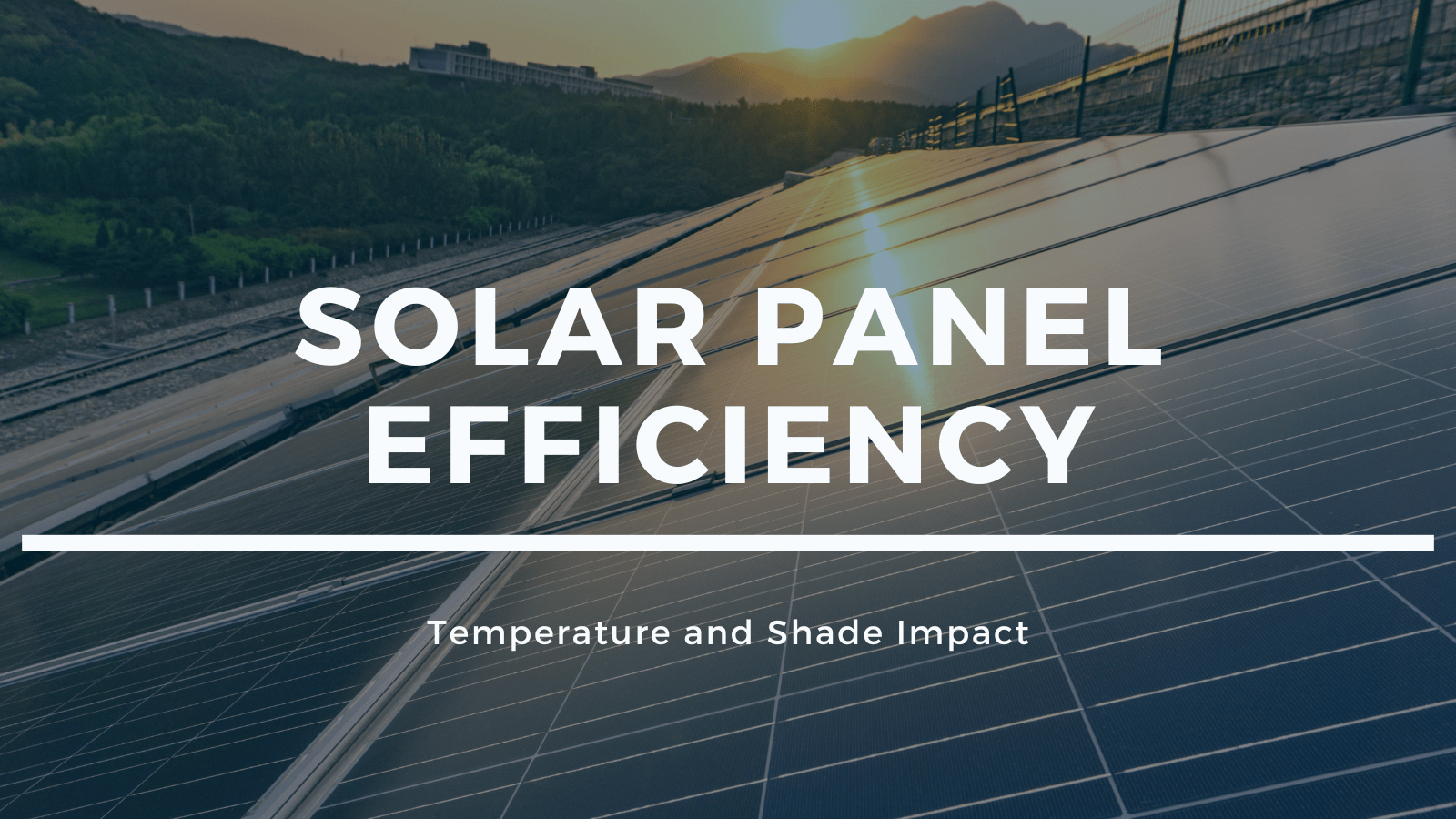
- +639973666667
- business@first-powersolar.com
- The World Centre, Sen. Gil J. Puyat Ave, Makati, Metro Manila

Are you considering using solar panels to harness the power of the sun? It’s a fantastic way to save money and contribute to a greener future! However, to truly maximize your investment, it’s essential to understand how two key environmental factors—temperature and shade—can influence your solar panel efficiency and overall solar panel performance.
This article will break down these concepts in an easy-to-understand way, helping you make informed decisions to maximize your solar savings.
You might naturally assume that the brighter and hotter the sun, the more electricity your solar panels will generate. While sunlight is the essential ingredient, excessive heat can actually be a drag on your solar panel efficiency.
Here’s the simple truth: solar panels have an optimal operating temperature, often around 25°C (77°F). When the panel temperature climbs significantly above this, the flow of electrons generated by sunlight becomes less efficient. Think of it like a marathon runner in sweltering heat—they might still finish, but their performance won’t be at its peak.
In plain terms:
Don’t worry, your panels won’t stop working on a hot day in Philippines. They are built to withstand high temperatures. However, understanding this “temperature coefficient” is important. It tells you how much the panel’s efficiency will decrease for every degree Celsius (or Fahrenheit) it rises above its optimal temperature. This factor is usually provided in the solar panel’s specifications.
Unlike temperature, which has a more gradual effect, shade can have a much more immediate and significant impact on your solar panel performance. Even a small amount of shadow falling across a portion of your solar array can lead to a substantial decline in the total power generated.
Imagine a chain—the strength of the entire chain is limited by its weakest link. Solar panels connected in a series (a common configuration) behave similarly. If even a small section of one panel is shaded by a tree branch, a chimney, or a nearby building, it can impede the flow of electricity through the entire string.
Why is shade such a big deal?
Key Takeaways About Shade:
Understanding the impact of temperature and shade allows you to take proactive steps to maximize your solar savings.
By understanding how temperature and shade influence your solar panel efficiency and taking steps to mitigate their negative effects, you can ensure optimal solar panel performance and ultimately maximize your solar savings. A little planning and awareness can go a long way in harnessing the full power of the sun for years to come!
Empowering a sustainable future with cutting-edge solar solutions, First Power Solar Inc. is committed to delivering reliable and efficient renewable energy for businesses
Get updates on special events, news & trends